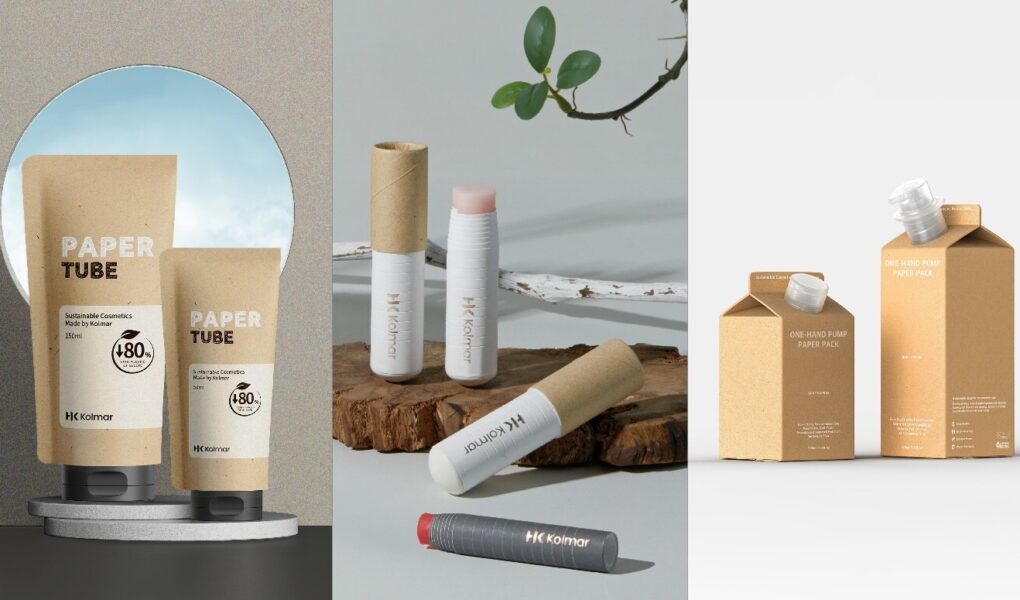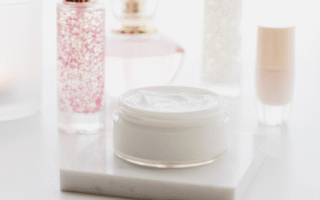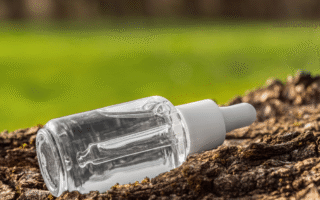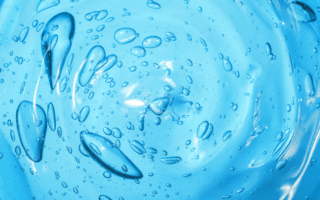Beyond refill pods and messy pouches, Kolmar Korea has reimagined the very form of beauty packaging—earning global design honors and a place on TIME’s list of the world’s most sustainable companies.
Refillable has become the beauty industry’s shorthand for sustainability, yet it often feels like a compromise. Refilling can be clumsy, unhygienic, and rarely addresses the plastic problem at its core. Kolmar Korea, the global cosmetics manufacturer powering many of the brands on shelves, is taking a different route: packaging made from paper, designed to be finished, peeled away, and recycled.
It began with the paper tube in 2020, the first commercialized design of its kind. Engineered for durability and simple separation of paper and plastic, it reduced plastic use by 80%. Then came the 2023 paper stick, layered like an onion: peel away the outer wrap to keep using every last swipe, an elegant solution to the age-old problem of waste. Most recently, Kolmar debuted the one-hand pump paper pack, part milk carton, part dispenser, and made entirely from recyclable materials.
Packaging is only part of the story. Kolmar has reimagined raw material processing, cutting carbon emissions by 83% with a new eco-extraction method from sunflower, lingonberry, and starflower—while boosting efficacy by 870%. In color cosmetics, microplastics have been replaced with natural silica, enhancing both texture and sustainability. The company has also pledged 100% renewable energy by 2050, already making strides with solar-powered operations at its Sejong plant.
Global Recognition
Such efforts have drawn international acclaim. Beyond the design awards, TIME magazine ranked Kolmar No. 125 on its World’s Best Companies for Sustainable Growth 2025 list—the only K-Beauty company included. The recognition underscores Kolmar’s role not only as a manufacturer, but as a force shaping the industry’s sustainable future.
While refills may still dominate the conversation, Kolmar Korea demonstrates another path: solutions that eliminate plastic at the source and reimagine the user experience. By thinking beyond the refill, the company is packaging not just products—but possibility.



